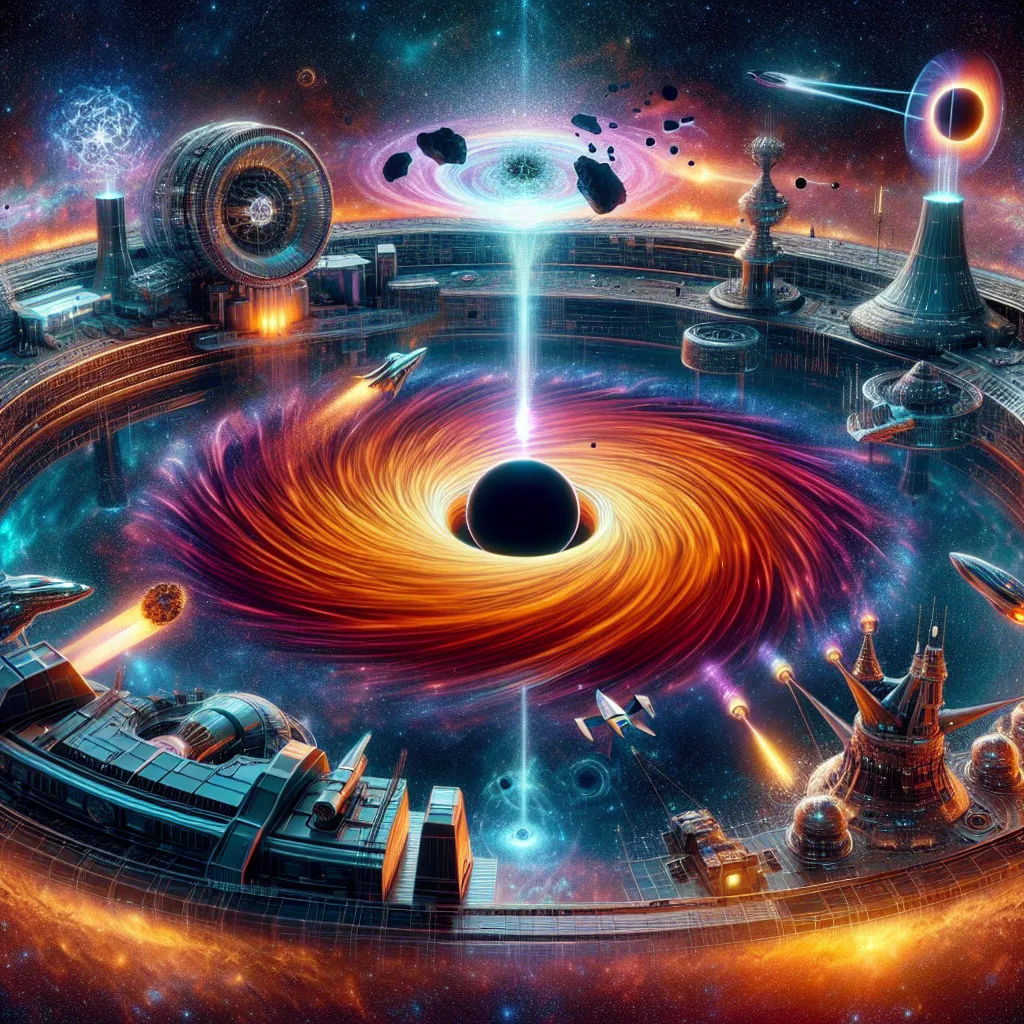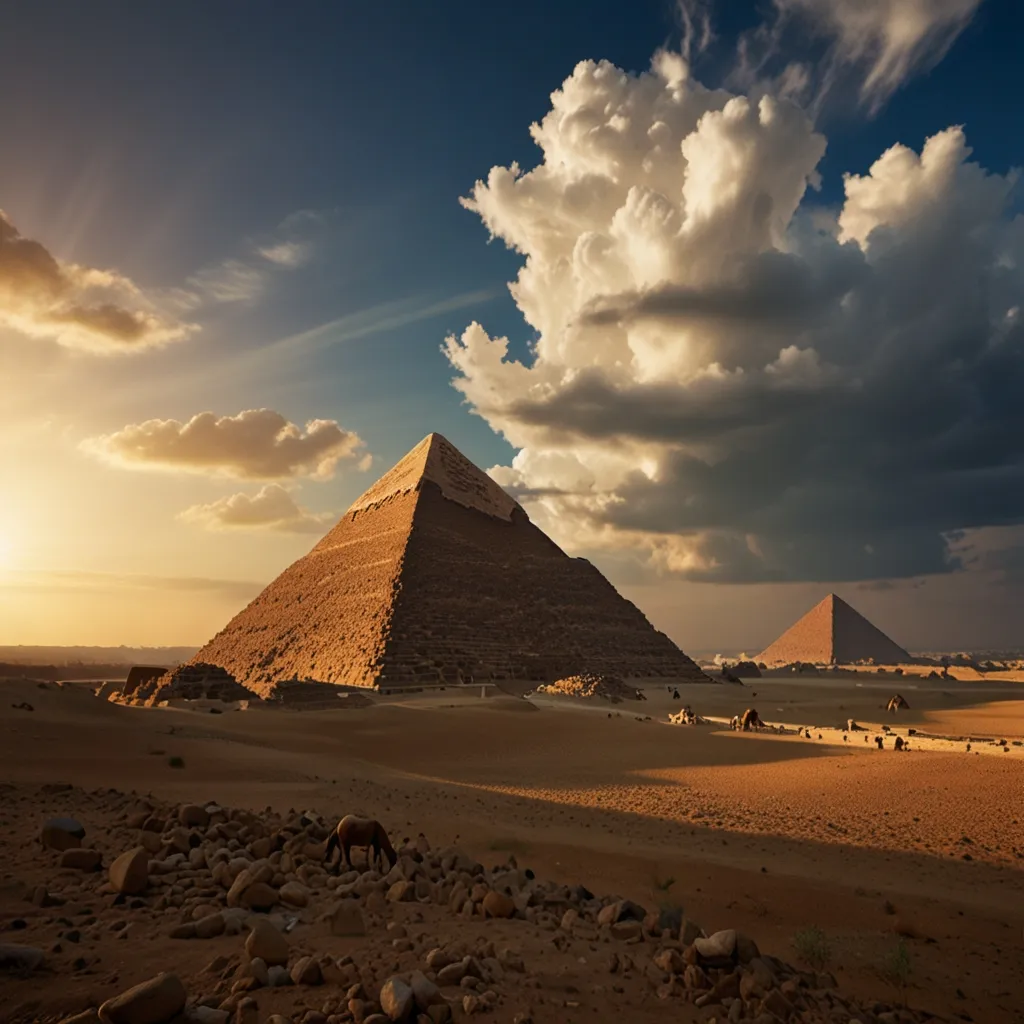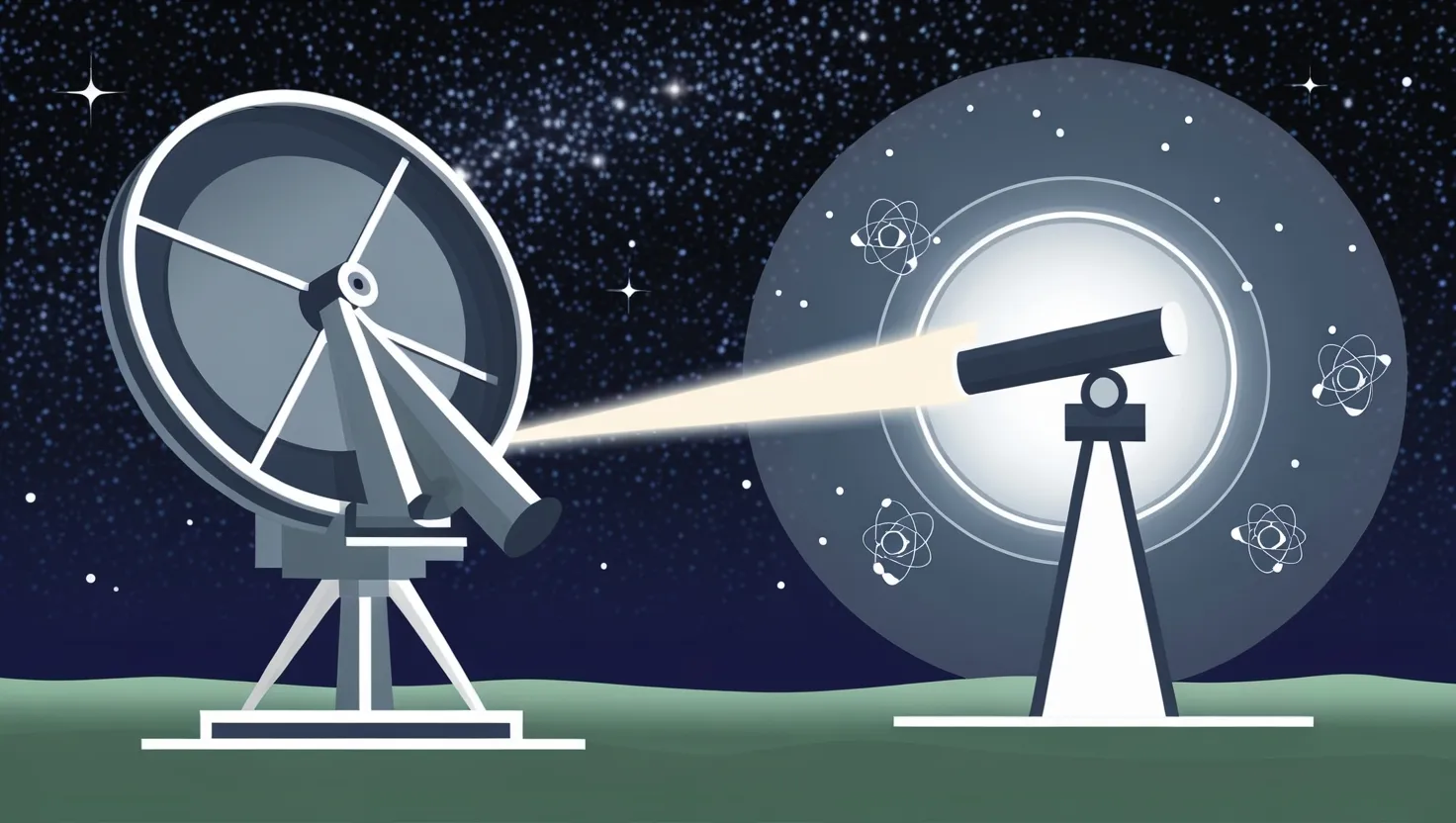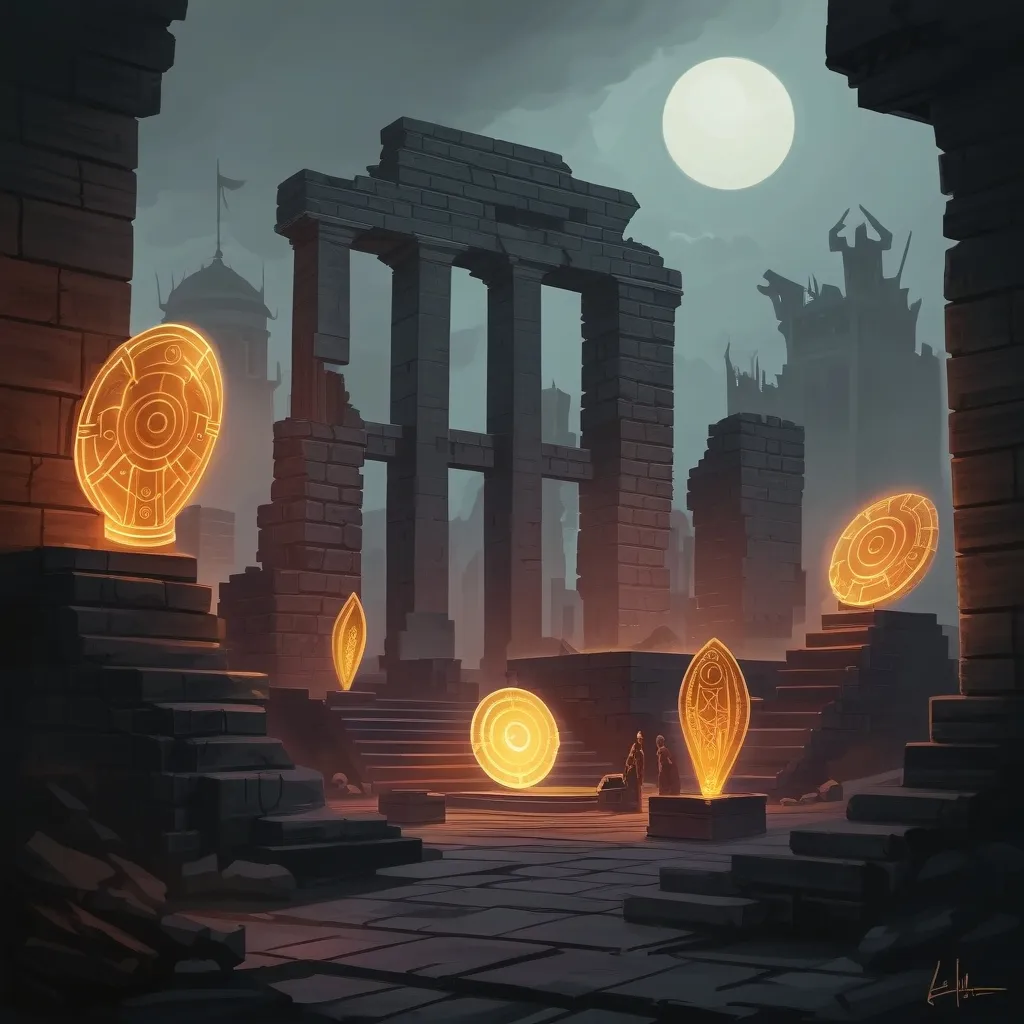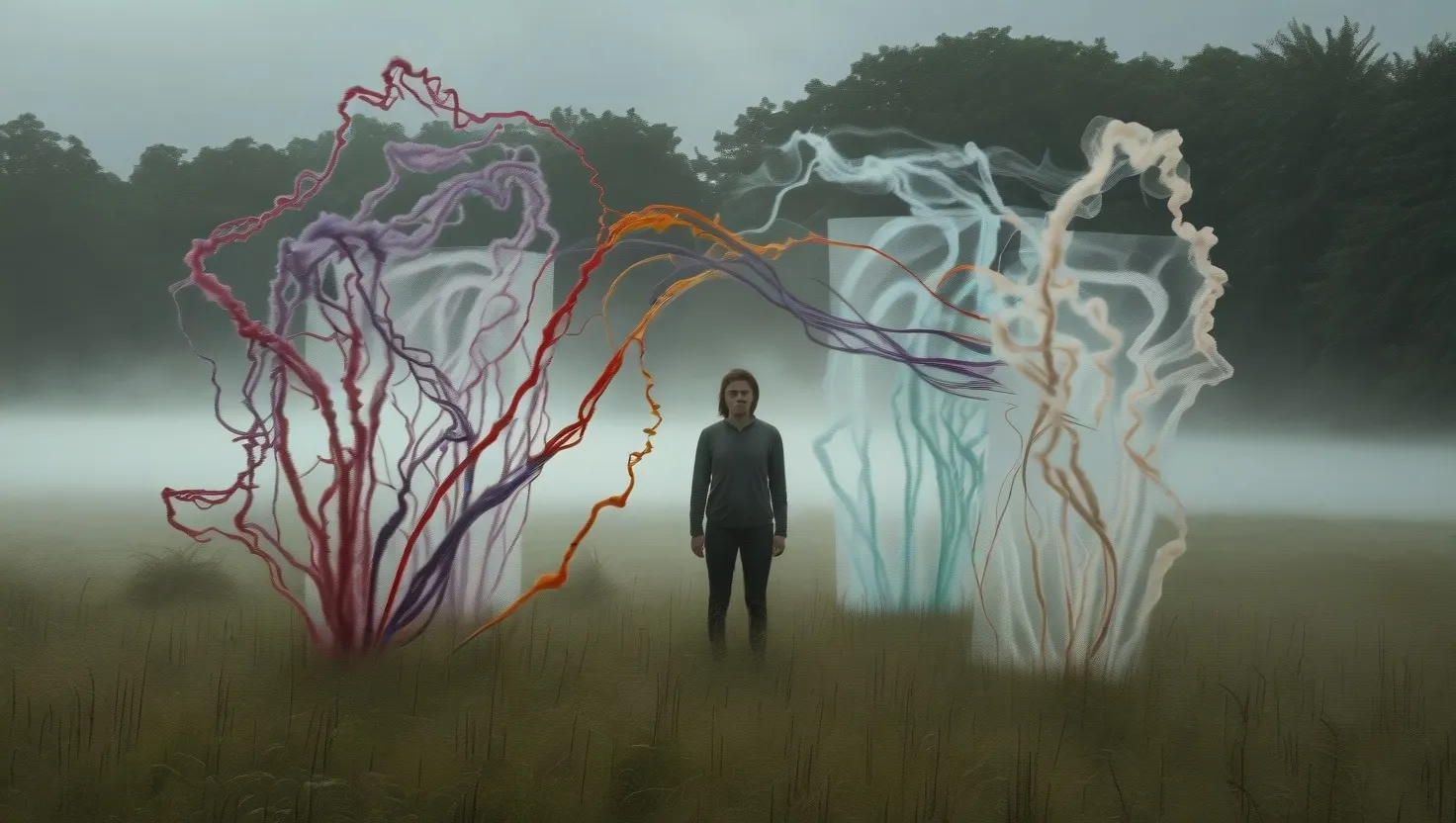Black holes are wild cosmic beasts, the largest collections of pure violent energy in the universe. Get too close, and you’ll be devoured, adding your energy to their insatiable appetite. But is that energy really lost to us forever? Maybe not. There’s a kind of cosmic cheat code that could power civilizations or create the largest bomb imaginable.
When massive stars die, their cores collapse into black holes, becoming super tiny but retaining their angular momentum. This means black holes spin incredibly fast, sometimes millions of times a second. Inside these spinning black holes is a ringularity—a ring-shaped singularity where all the mass is concentrated and spins endlessly.
This rotation distorts space and time around the black hole, creating a weird region called the ergosphere. Here, space and time aren’t entirely broken, and you can enter and leave, though it wouldn’t be a pleasant experience. It’s like spiraling down a deadly drain where the black hole’s rotation forces energy upon you.
But here’s the trick: We can steal this rotational energy. For instance, the supermassive black hole at the center of our Milky Way could give us as much energy as every star in the galaxy emits in a billion years. The process involves dropping something into the black hole’s ergosphere. By firing a rocket into this zone, the black hole’s rotation boosts the rocket’s energy, giving us more energy back than what we initially used.
An advanced civilization could drop asteroids into black holes to harness this energy. But there’s an even better way—a black hole bomb. This involves surrounding a fast-spinning black hole with a mirror. By shooting electromagnetic waves at the black hole, the rotation amplifies these waves, bouncing them back and forth between the mirror and the black hole.
This amplification continues until the waves become incredibly powerful. By strategically opening windows in the mirror, we could extract this energy to create an endless power source for trillions of years. If not managed properly, the mirror would eventually shatter under the growing energy, causing an explosion akin to a supernova, the largest possible explosion a living being could create.
These concepts, like the Penrose process and superradiant scattering, are not science fiction. In a future where the universe grows cold and dark, rotating black holes might be the last viable energy sources. This could sustain life until the very end, making black holes both a lifeline and a potential final resting place. Even in a universe without light, it turns out there are still places left to explore.
